David Candaux, An Independent Watchmaker with the Soul of the Vallée de Joux
The heart and mind of the Vallée de Joux, with a modern approach.
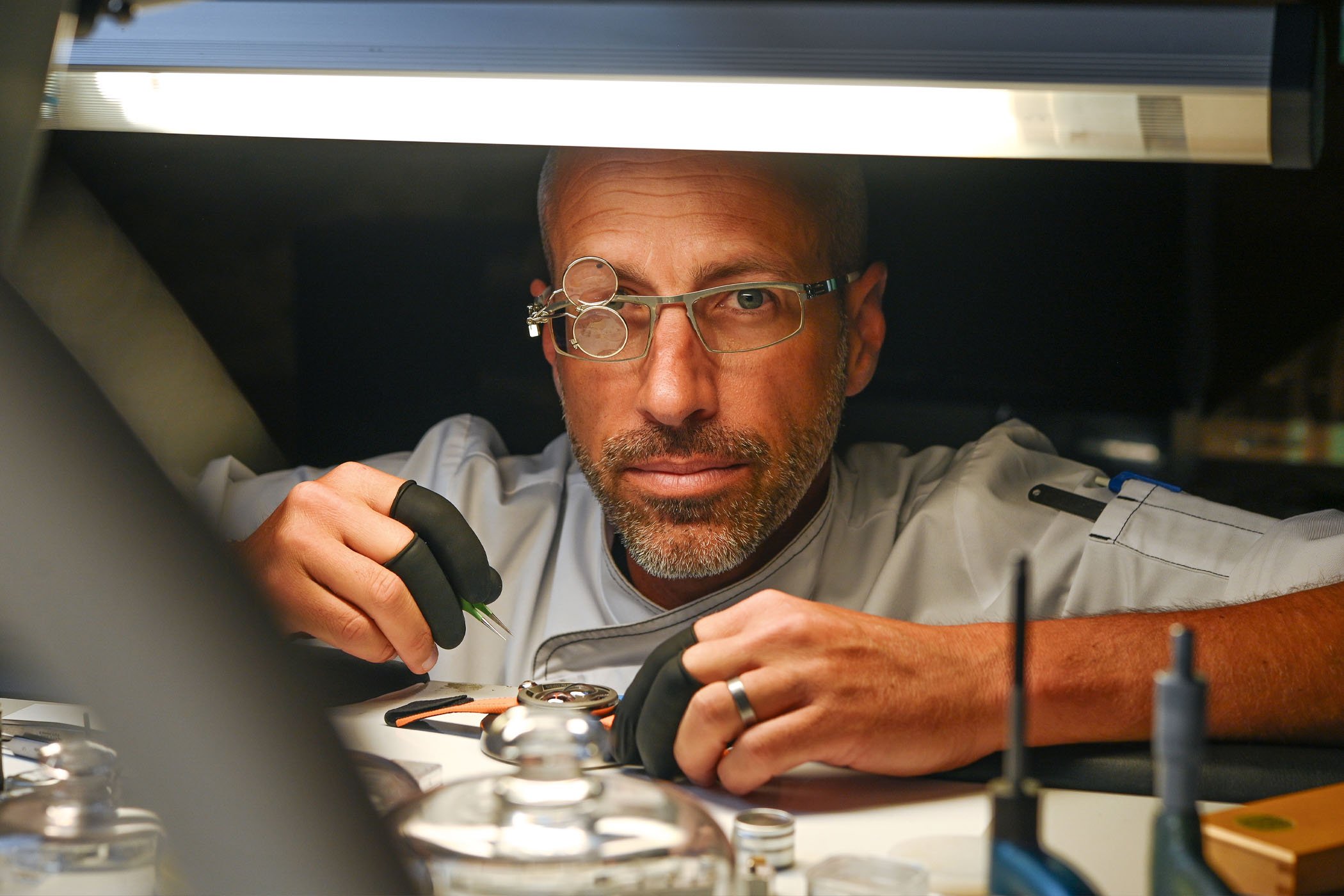
Independent watchmaking has been on the rise over the past 20 years, and for good reason. Independent watchmakers are guided by passion and personal perspectives, leading to authentic creations and often crafted to a level unattainable in mass production. David Candaux’s motto, “Le Coeur et l’Esprit” (the heart and mind), perfectly captures this philosophy. Raised in a family of watchmakers, Candaux deeply appreciates the craft’s history, evident in his work. However, for him, tradition should not merely be repetition. If he is a perfect representative of the Vallée de Joux expertise – which means complicated watchmaking and refined craftsmanship, his watches are in a class of their own. We visited the watchmaker in the small village of Le Solliat… Just a few meters away from Philippe Dufour’s workshop.
Xavier Markl, MONOCHROME – David, thank you for having us. Your approach to watchmaking is holistic, encompassing everything from movement engineering to crafting and finishing your parts. Can you tell us about your journey into watchmaking?
David Candaux – Well, being from the Vallée de Joux, I had to make either cheese or watches… more seriously, I am from a watchmaking family, but my dad never pushed me to become a watchmaker. When I was 13, Henry John Belmont, (Editor’s note: then the CEO of Jaeger-LeCoultre) who lived next door, was looking for apprentices and suggested to my parents that I visit Jaeger-LeCoultre. I started with an internship in 1993 and began my apprenticeship in 1994 when I was 15.

I ended up spending 18 years at Jaeger-LeCoultre. During my apprenticeship, I trained to become a watchmaker and then Horloger Rhabilleur. I had the opportunity to evolve in different positions from “serial” production to complications, restoration, the technical office, and prototyping. (Editor’s note: David Candaux ended up developing the Hybris Mechanica Grande Sonnerie.) In parallel, I took evening classes for 13 years, including micro-mechanical engineering and an MBA in management.
My time at Jaeger-LeCoultre was exceptional, but as the company grew, it naturally became more compartmentalized, and I needed more straightforward interactions. When I left Jaeger-LeCoultre in 2011, I was contacted by Jean-Marc Wiederrecht to work with him on a development for Van Cleef & Arpels, the Poetic Wish (a “poetic animation” and a 5-minute repeater mechanism). The interaction with Jean-Marc and his team was really great, and I realized that this was exactly the kind of straightforward interaction and collaboration I wanted. Simply teamwork.
I started an independent development office. I had a few requests to develop watches independently and then partnered with a few people, developing movements for others for six years. It’s not always easy to create a company with partners, and after a few years, I felt I wasn’t working the way I wanted to… Philippe Dufour once proposed having a drink in his workshop and asked me if I was really happy with what I was doing. I couldn’t answer, and I realized I needed to do what I really liked. I had to create my own watch, the one I had been thinking about for years. Things quickly picked up pace when two collectors I knew started ordering pieces after seeing the concept. That was the missing piece I needed to move forward, and I had no choice but to start the implementation.
Developing and crafting the DC1 with all its specificities took much longer than expected. For instance, I had to learn how to work with titanium and create the 30° inclined tourbillon. Altogether, it has been a long genesis. I often tell people that it took me 17 years from the first idea to the creation of the DC1.
Then, the DC6 and DC7 followed.
Indeed, I presented the DC1 in 2017. The DC6 followed in 2019 with a different case featuring domes and a guilloché finish on the top. It includes the innovations introduced with the DC1, such as the all-titanium movement, the patented Magic Crown winding system, and the 30-degree inclined tourbillon, but I made a few updates to the movement. The seconds indication has been moved onto the tourbillon.

The DC7 was introduced in 2021, playing on a constant tension between symmetry and asymmetry, with its tourbillon now located at 12 o’clock. This year, I presented the DC1 Titanium in 2024. The DC12, a brand new calibre, will be presented in 2025. We are currently in a highly creative and innovative phase.
From that, what brought you to create your own brand?
As said, my initial goal was to create this watch, a watch without any compromises, and that commitment still drives me. Now, I aim to ensure the longevity of my brand so that it can continue to thrive independently. I’m not necessarily planning to pass it on to my children, as I encourage them to pursue whatever makes them happy and passionate, rather than steering them towards watchmaking. I want to enjoy the process of creating timepieces that bring something new to 21st-century watchmaking, and I have no shortage of ideas.
My main focus is the brand’s longevity. Currently, we are a team of four, and the upcoming piece (the DC12) will require slightly less time to produce. This should allow us to increase production. The goal is to manufacture around 30 watches per year with a small, dedicated team while maintaining the same high standards of quality, coherence, and strong brand DNA. I want to create watches that are wearable in all situations, combining traditional watchmaking craftsmanship with innovative designs. In addition, interacting with watch aficionados is always fantastic. Their deep knowledge and a keen eye for authenticity and creativity make every exchange insightful and inspiring.
Can you explain why you chose titanium for crafting your components? How is it more difficult to work than traditional materials?
To me, titanium is the perfect material for modern, 21st-century watchmaking. While it takes longer to work with titanium, the benefits are worth it. Its longevity is exceptional – it does not age or corrode. It is also antimagnetic, and its resistance is exceptional, as it cannot be deformed like softer materials. Not to mention its thermal stability and lightness. It offers the same benefits as nickel silver which is non-magnetic and stainless and supported watchmaking advancements over the past centuries, with the added advantages of being more resistant, biocompatible and of course a natural material.
Working with titanium isn’t necessarily more difficult; it just takes longer. The main challenge was at the beginning because I had to learn how to work with it. You can’t simply use the exact same tools or techniques you learned in school. For instance, you need to use different woods, different oils, and different diamond pastes to finish it. You need to find out the precise recipe. Overall, the process remains 4 to 5 times longer than for traditional materials.
For more information, please visit www.davidcandaux.com.

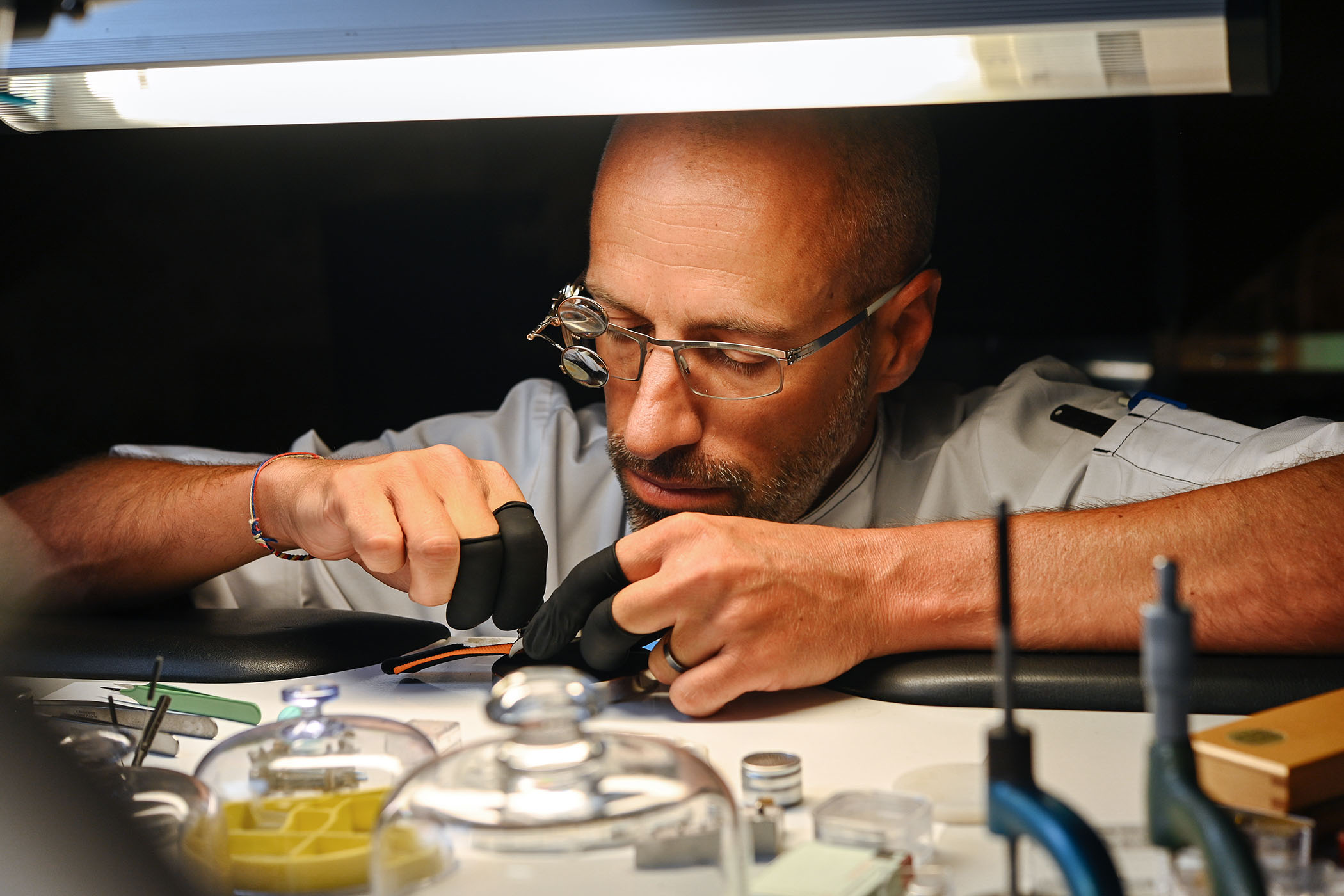
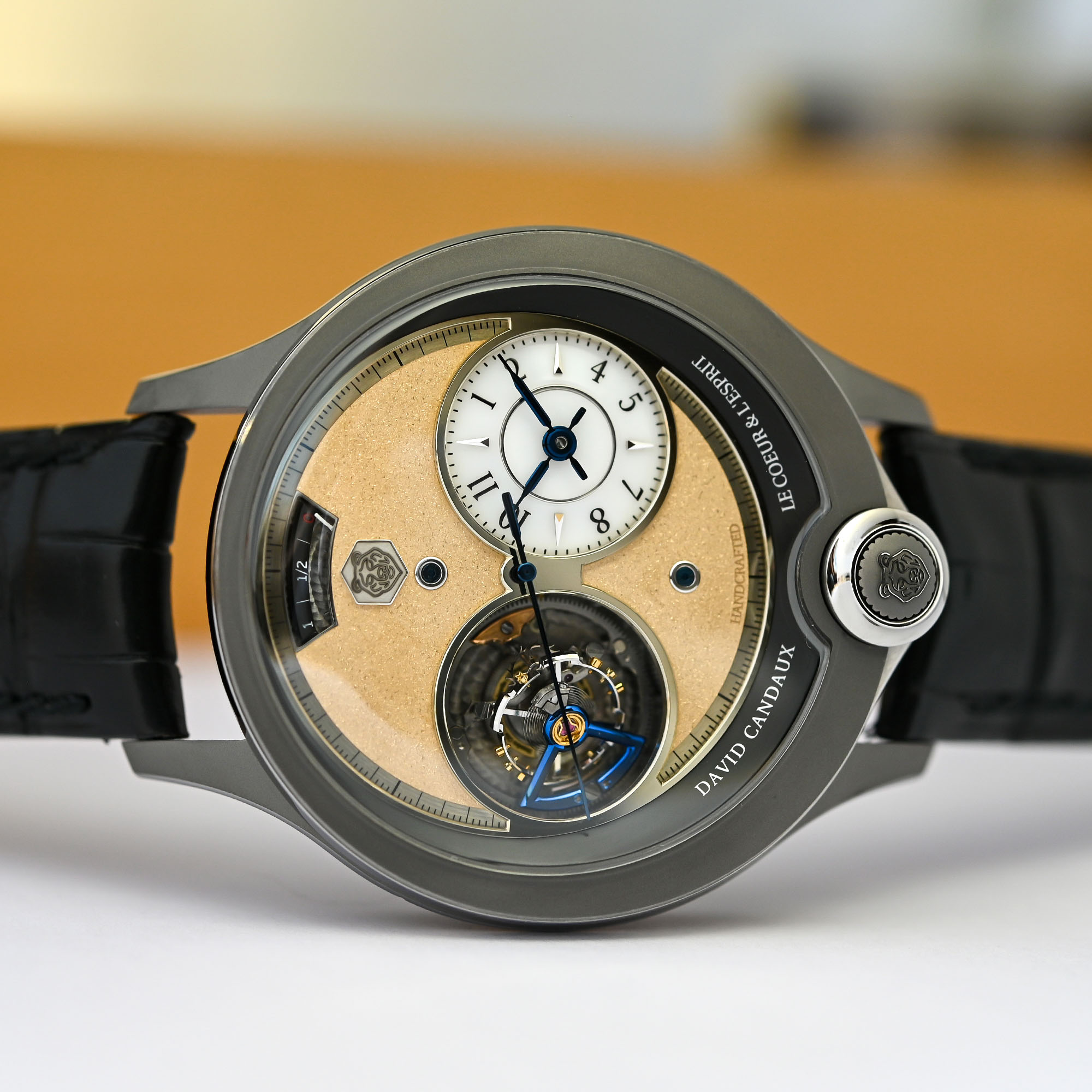
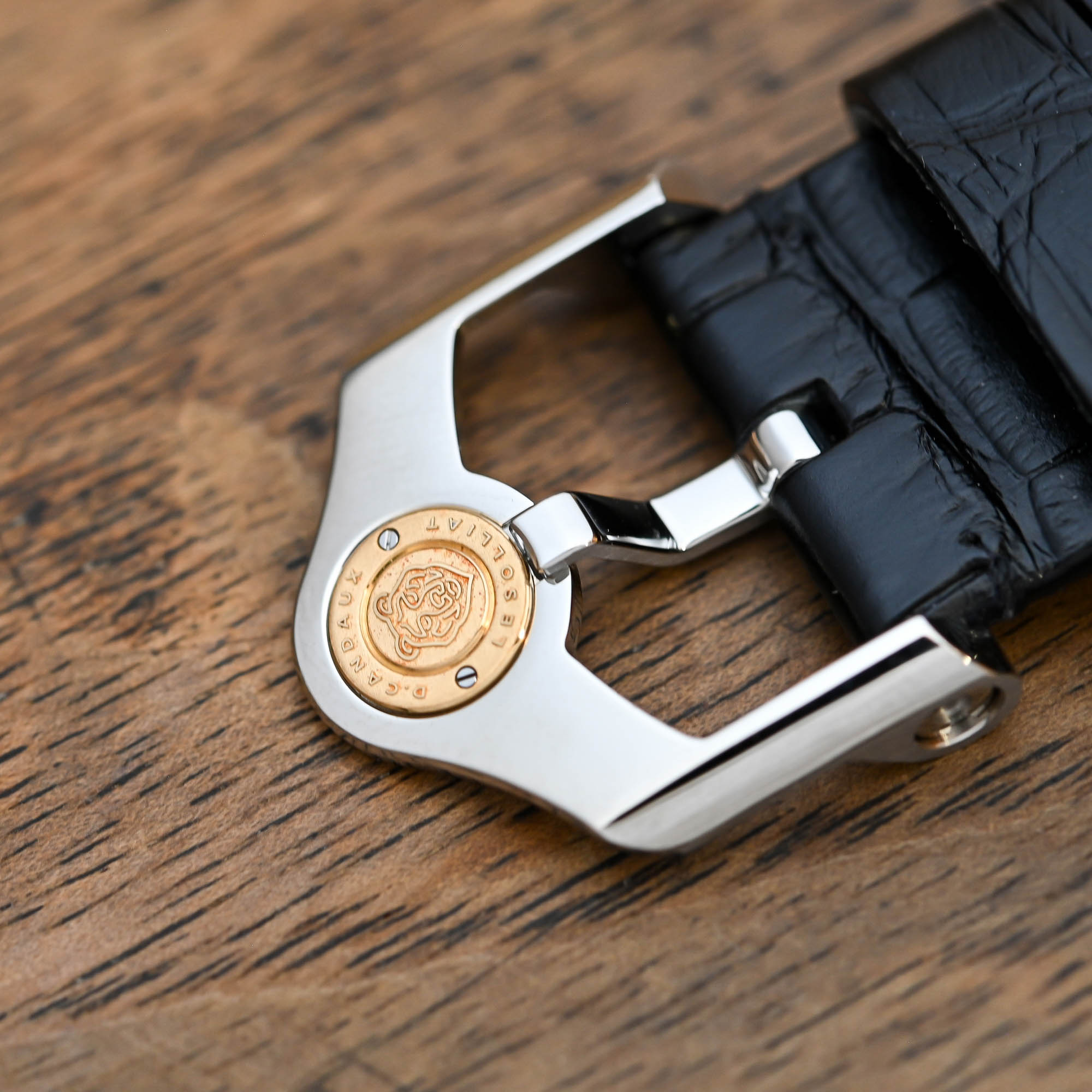

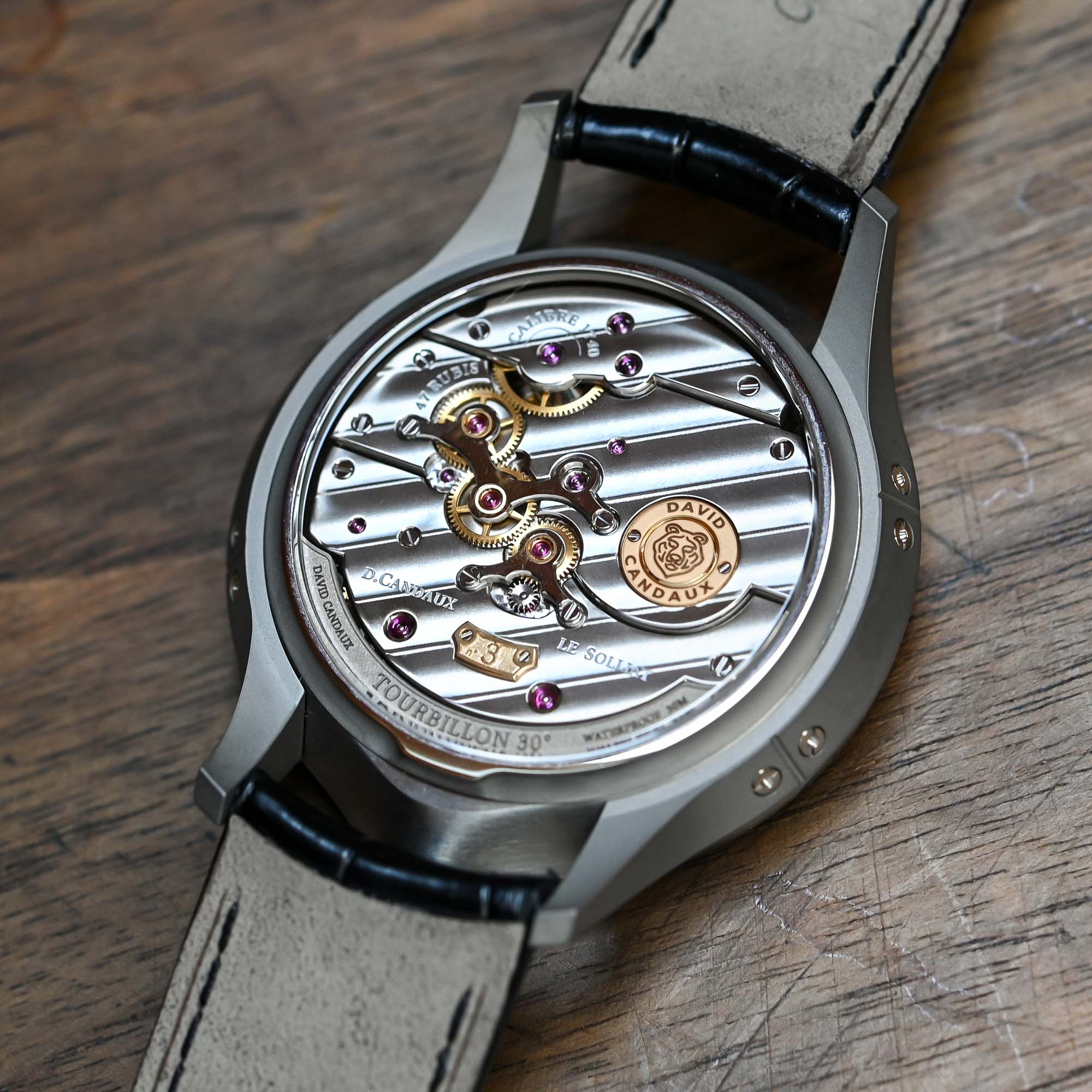
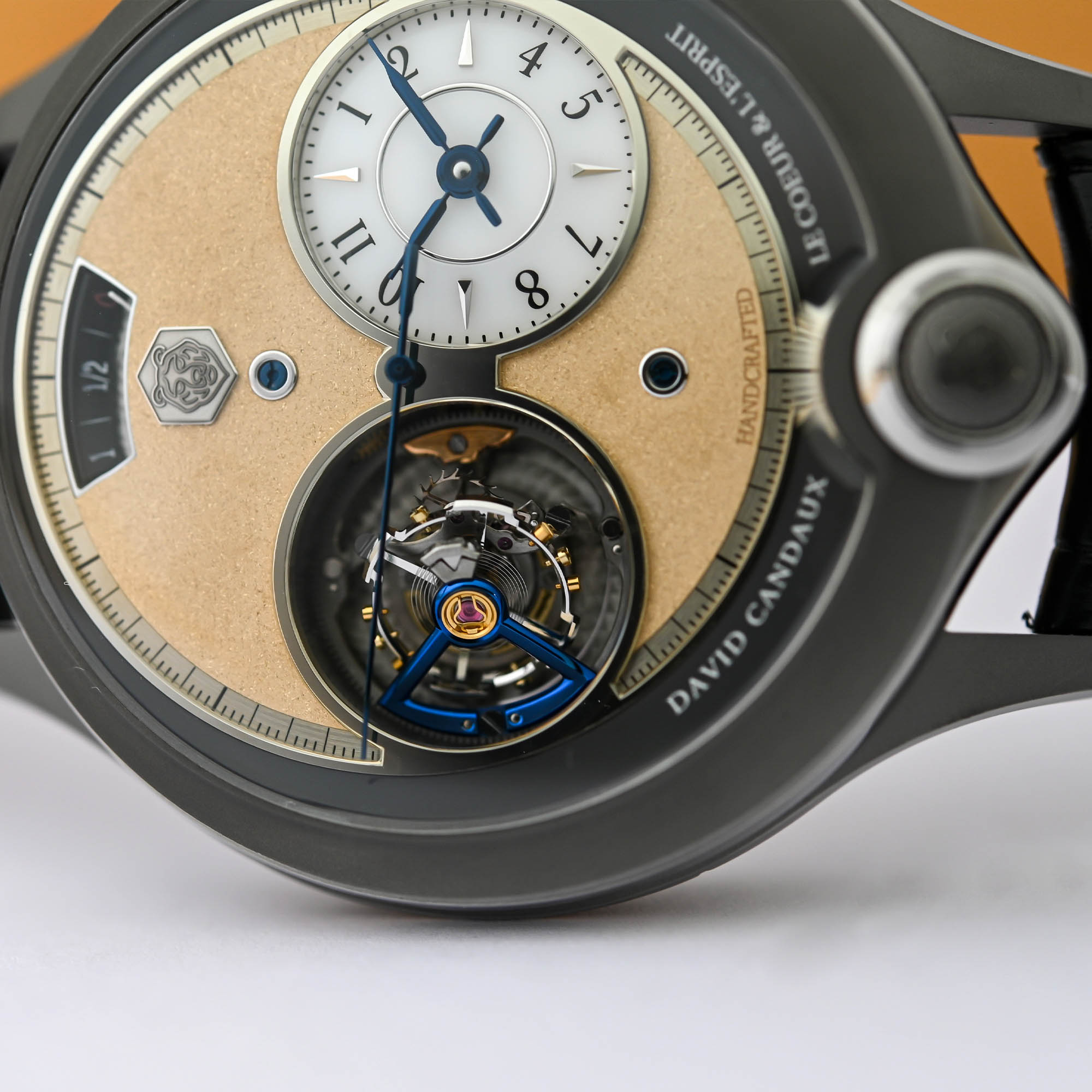
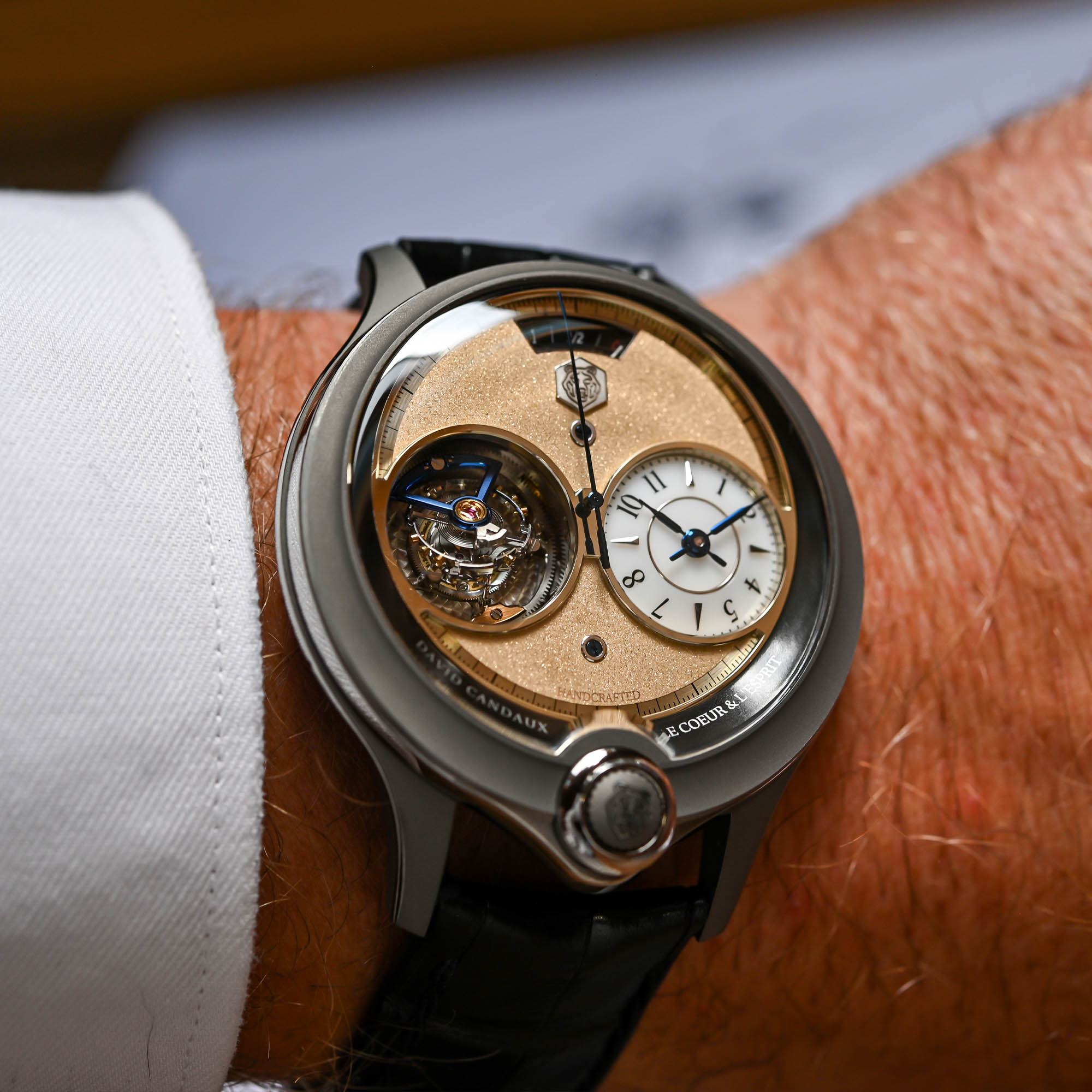



1 response
Hi good morning
If i want buy watch how you can help me